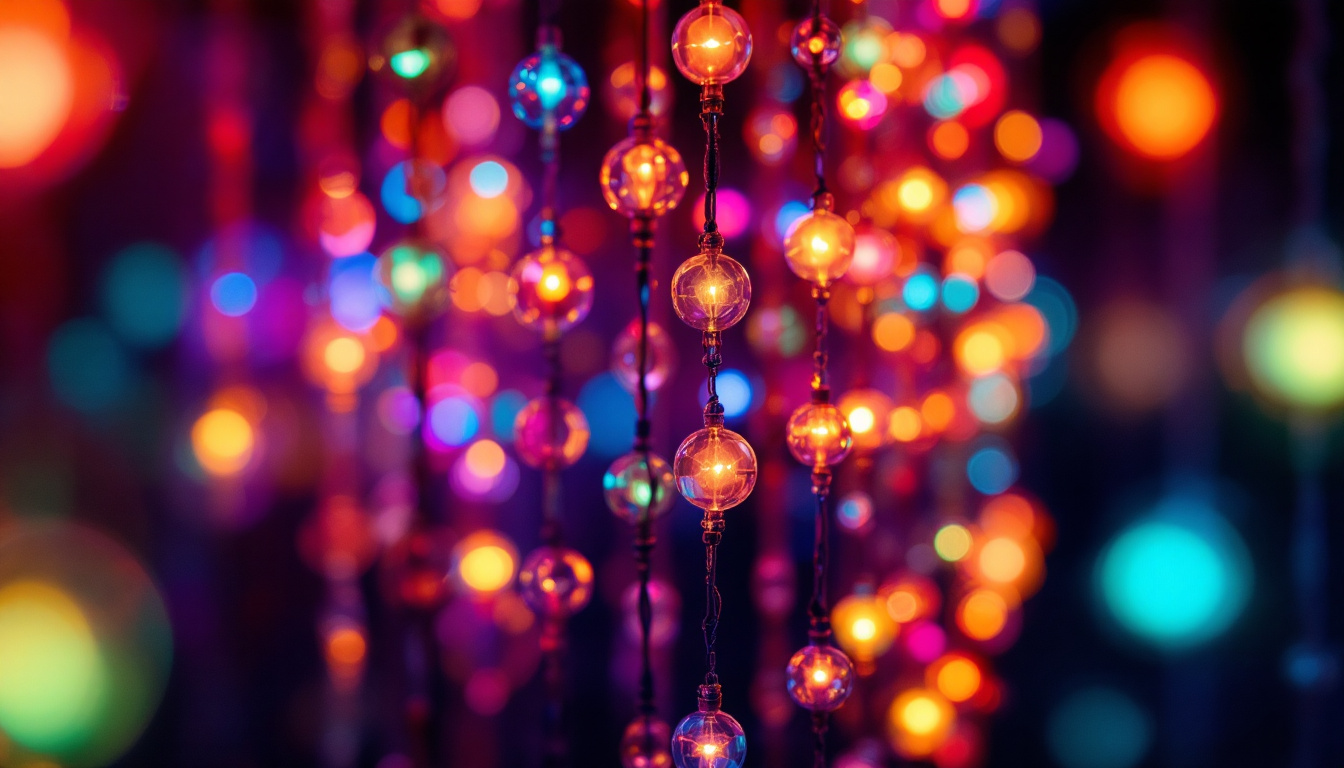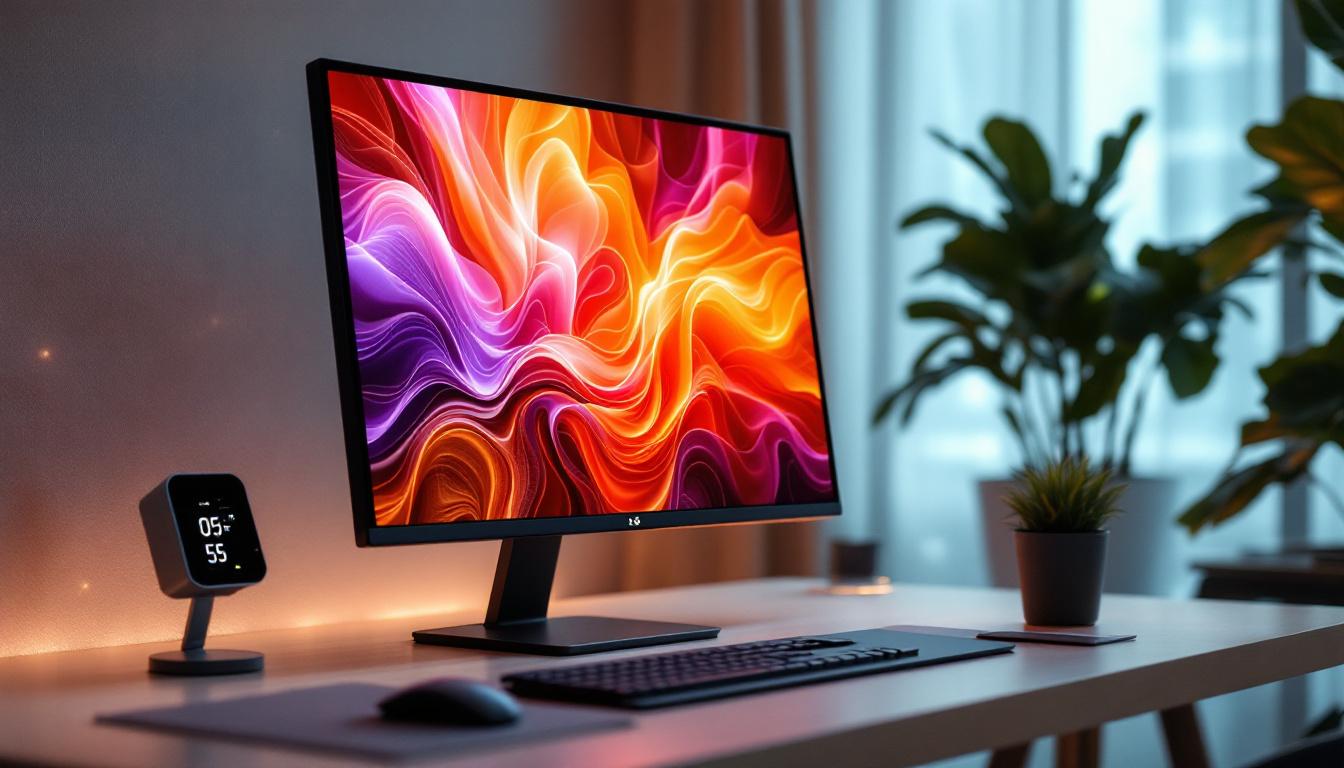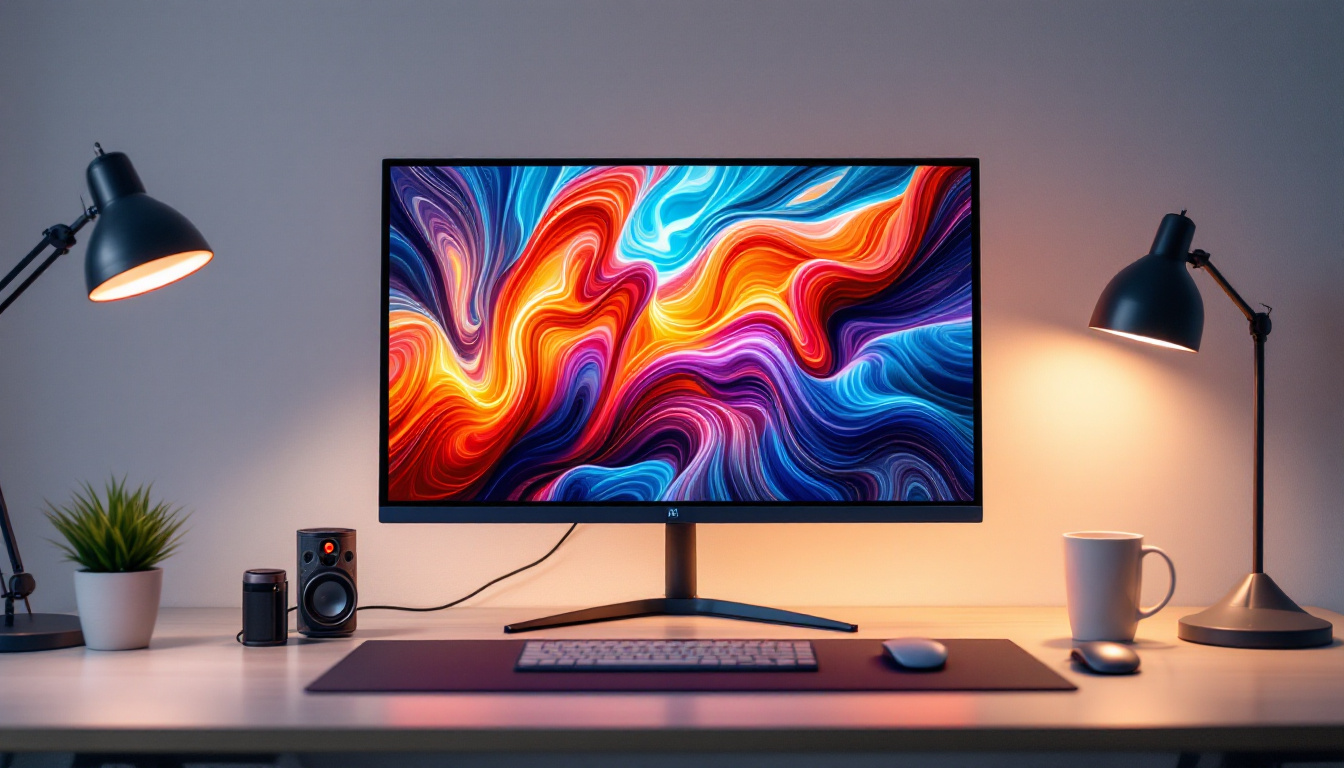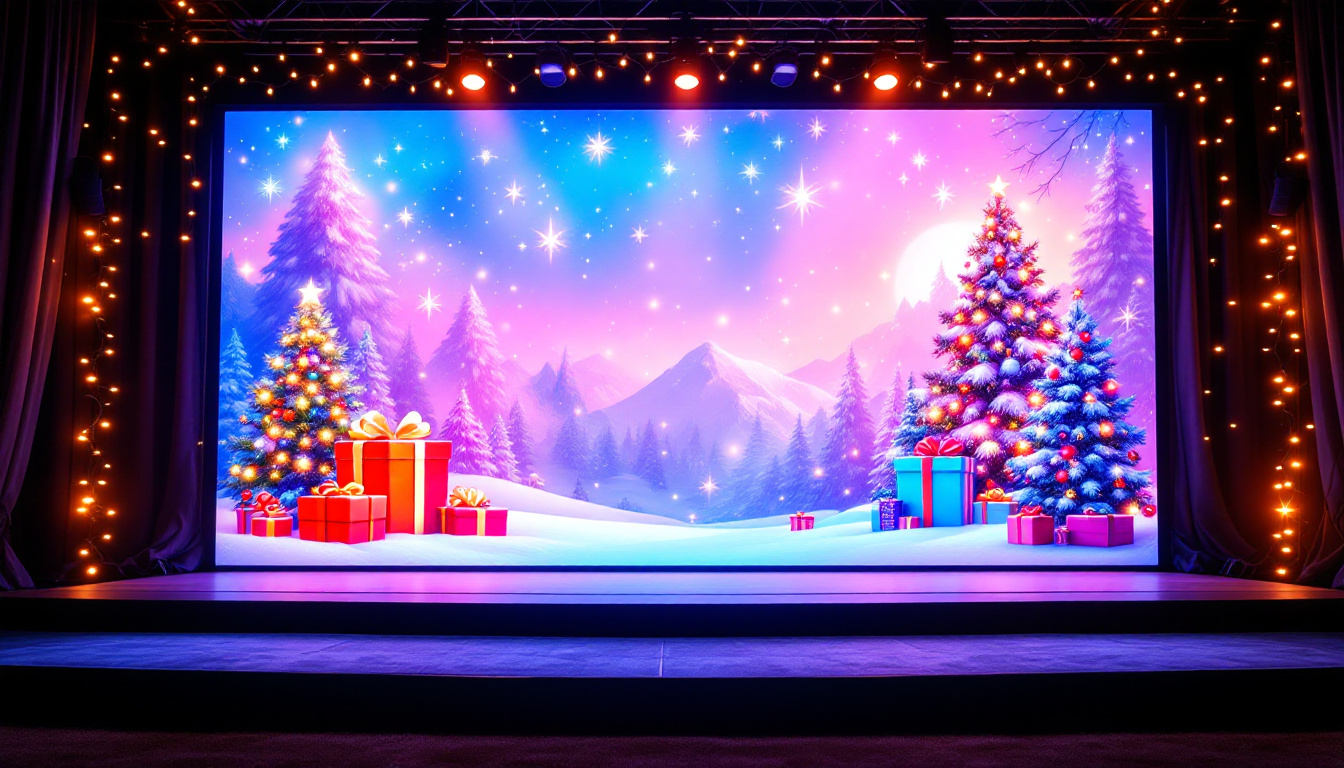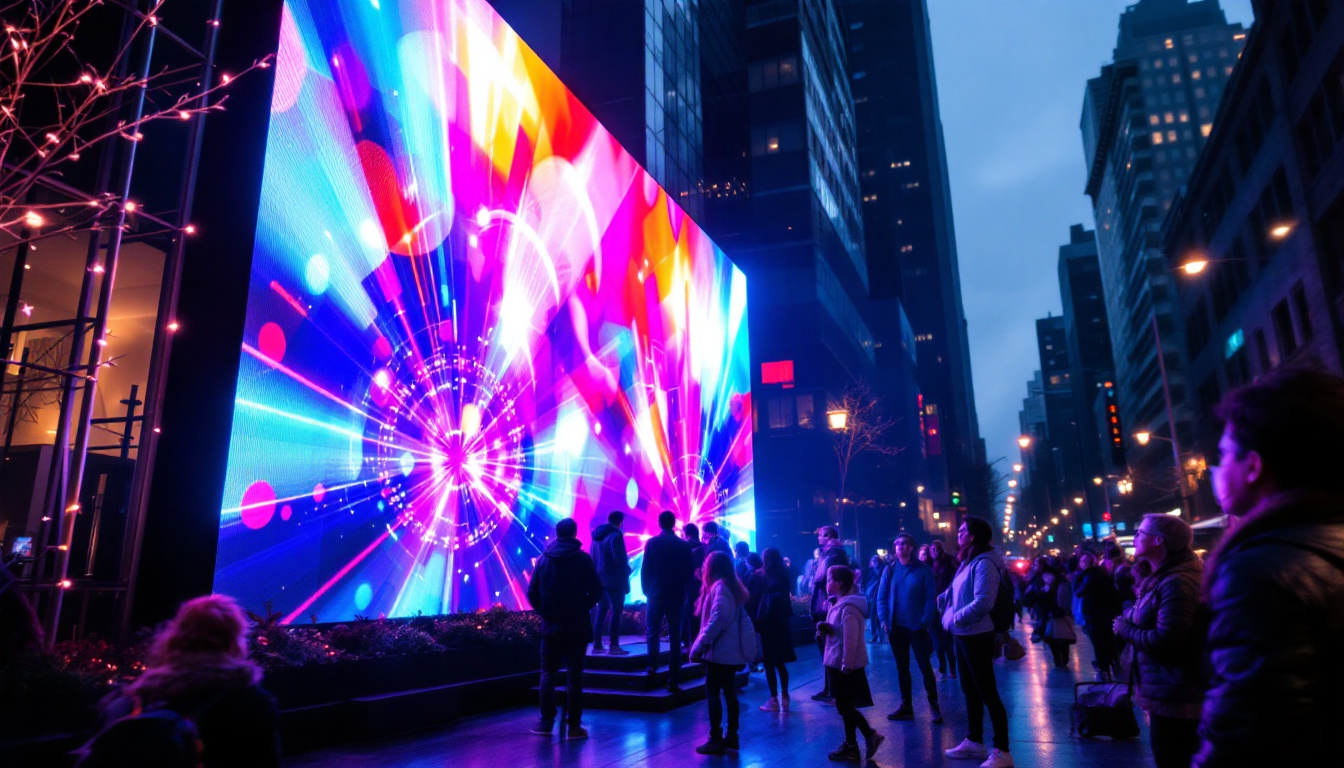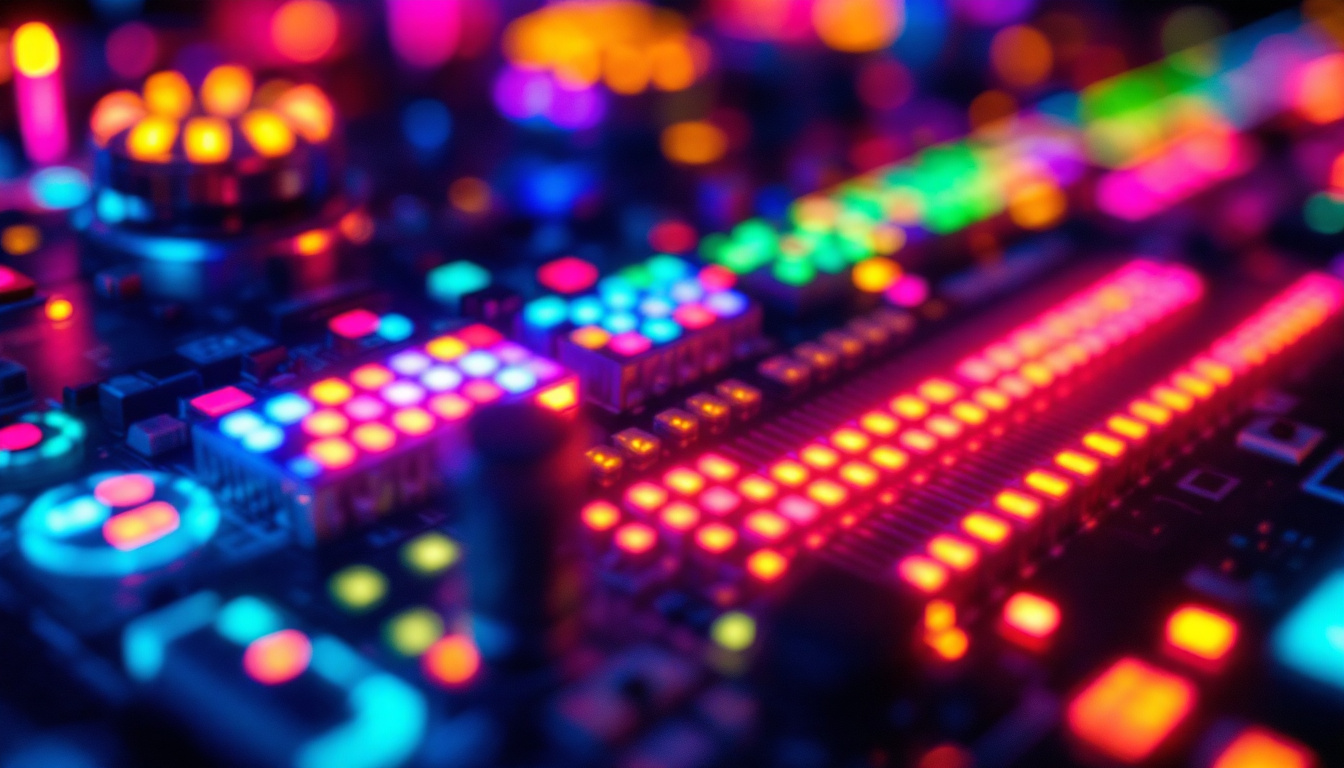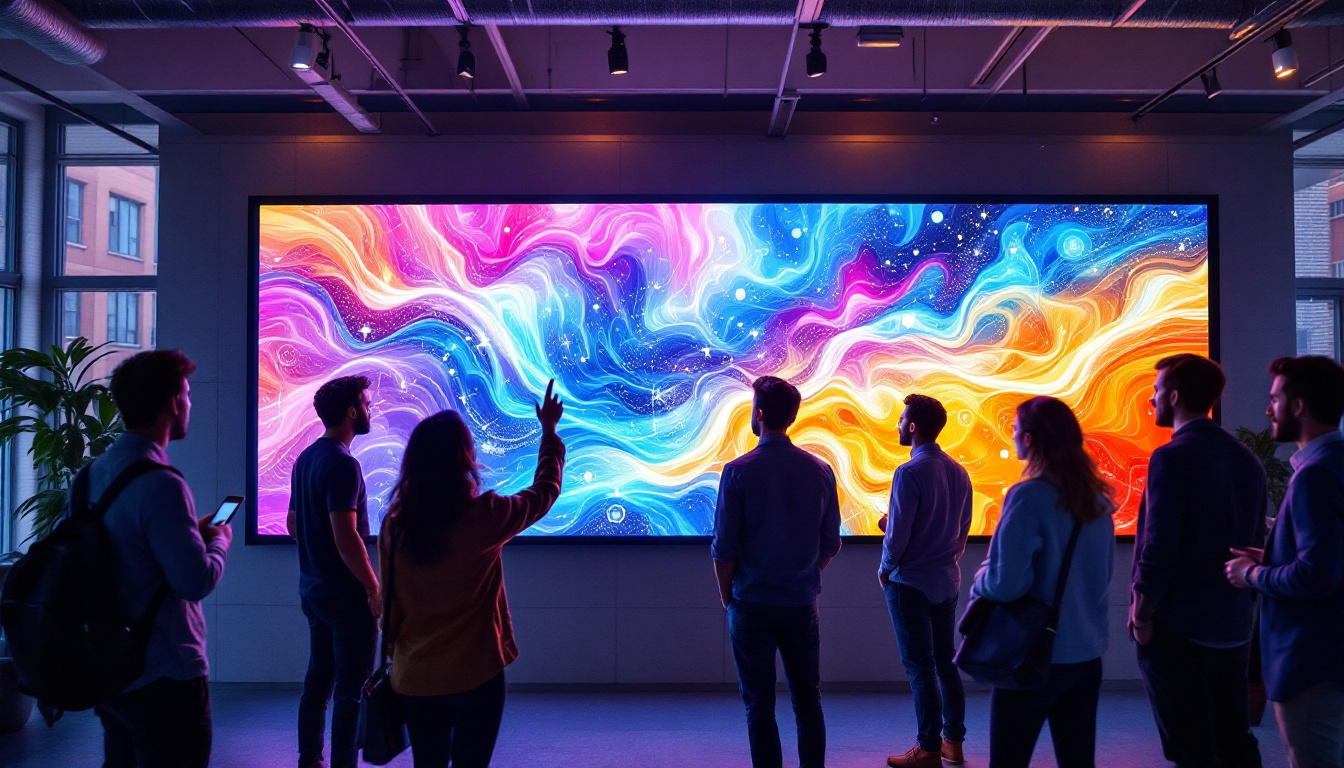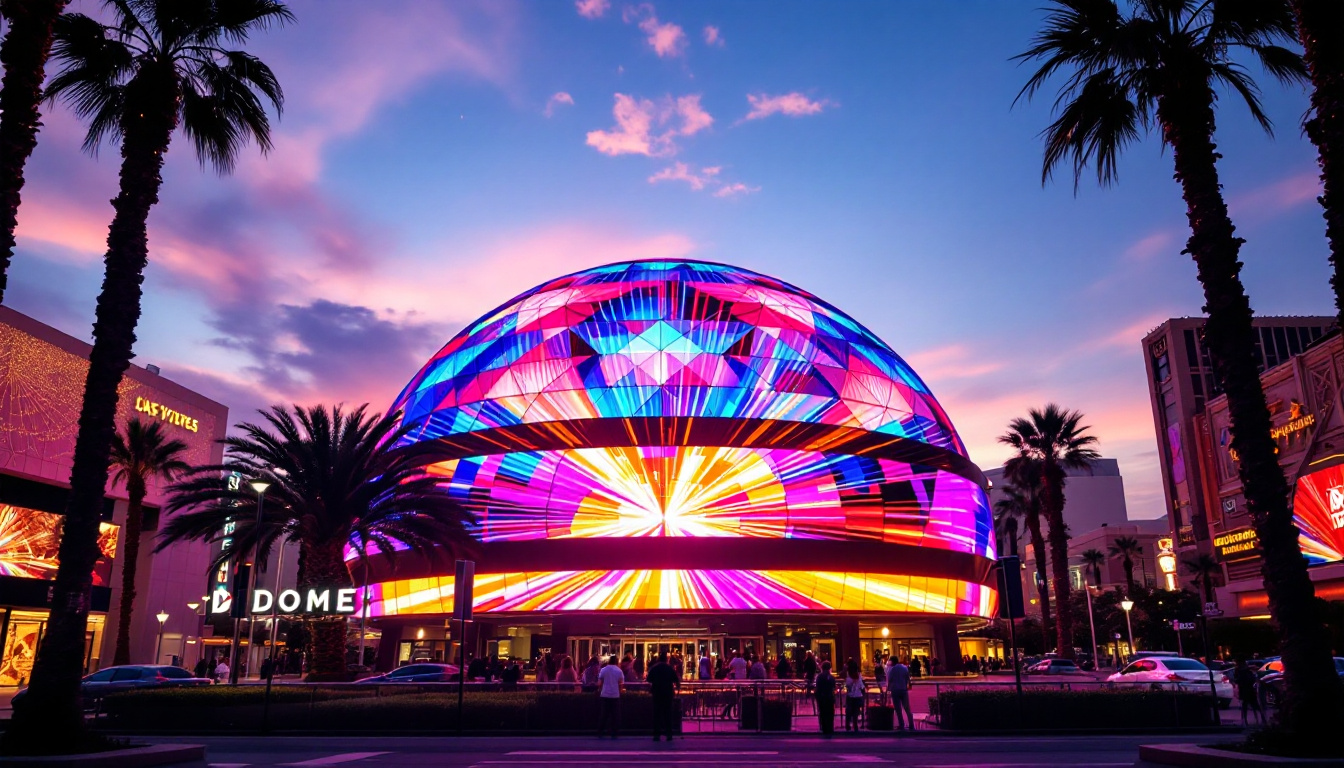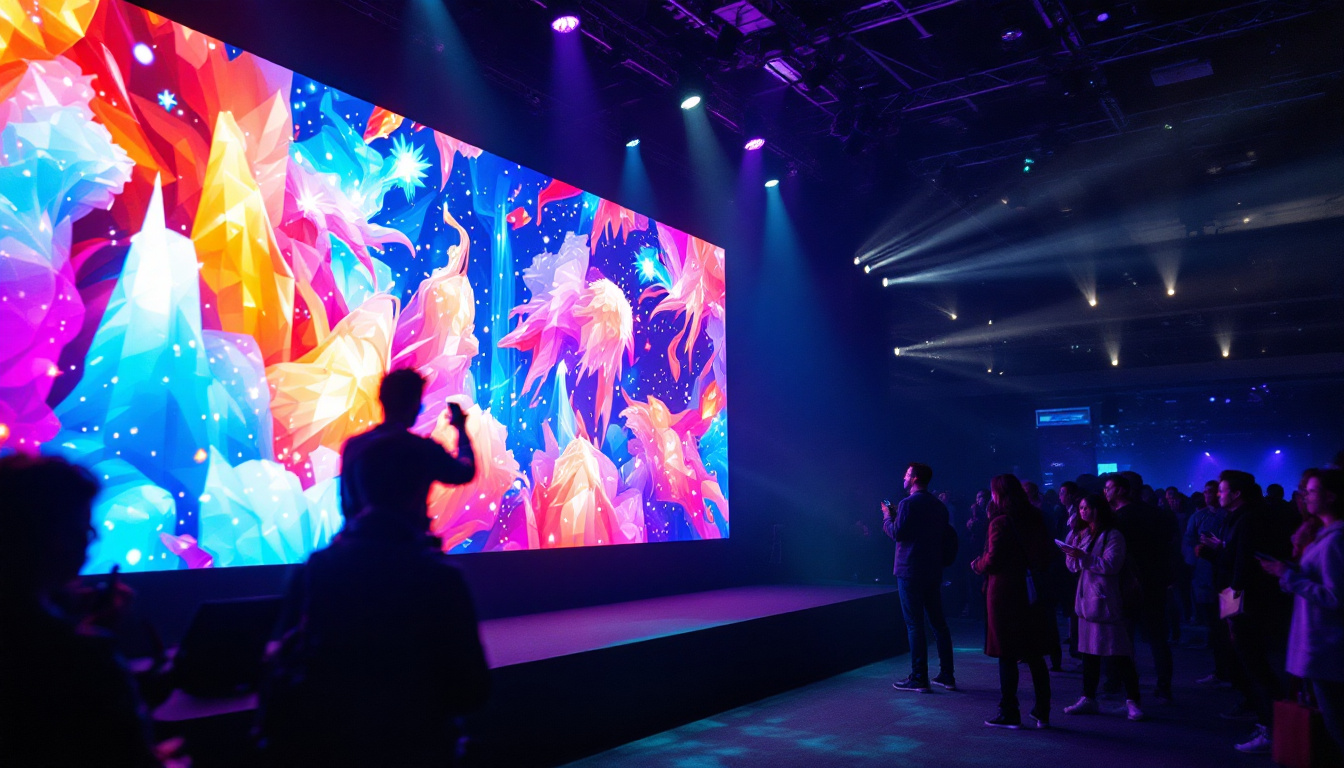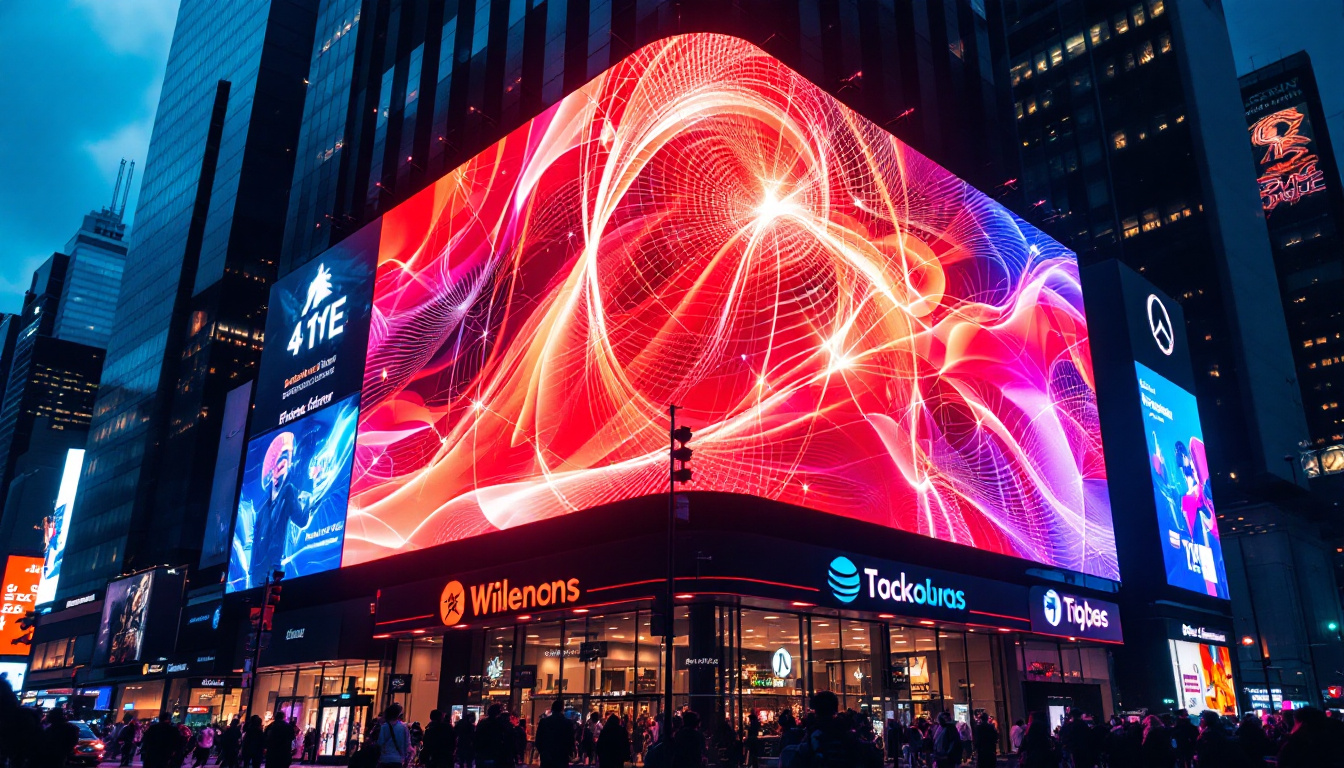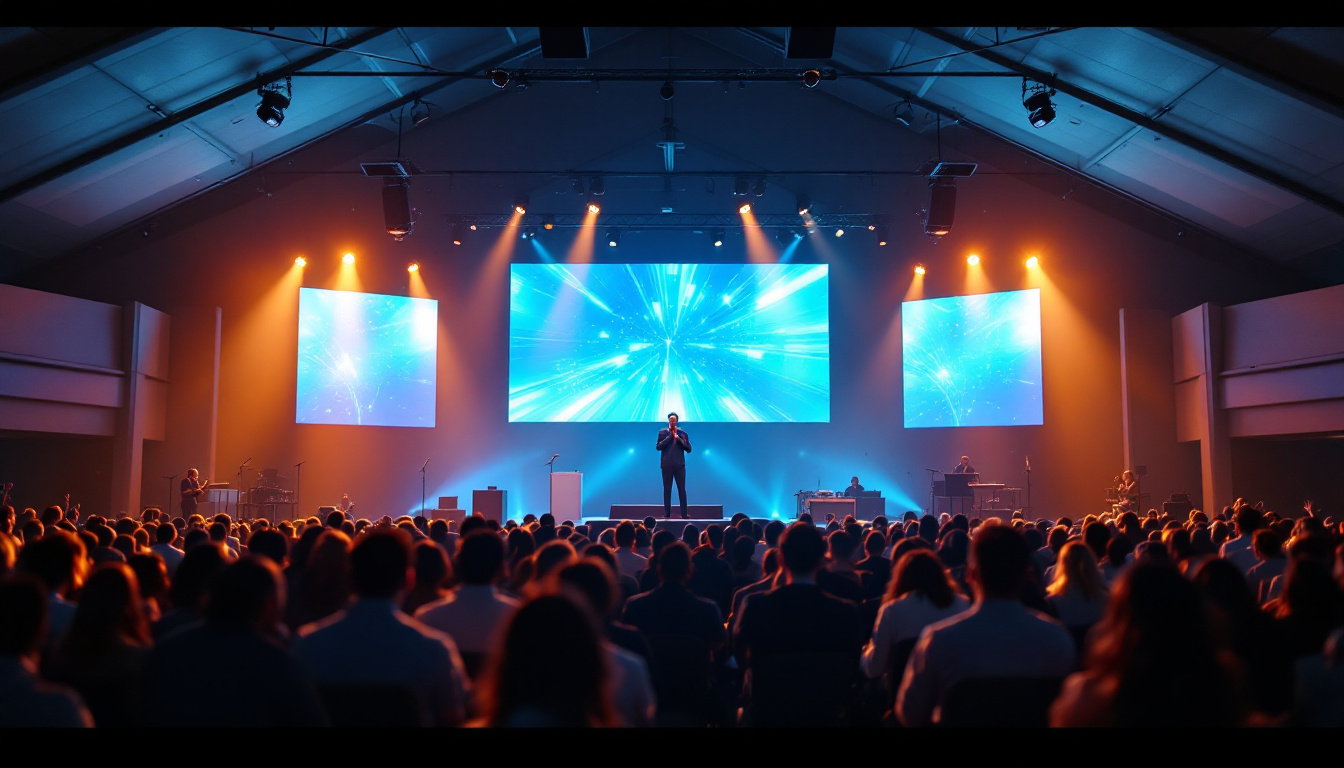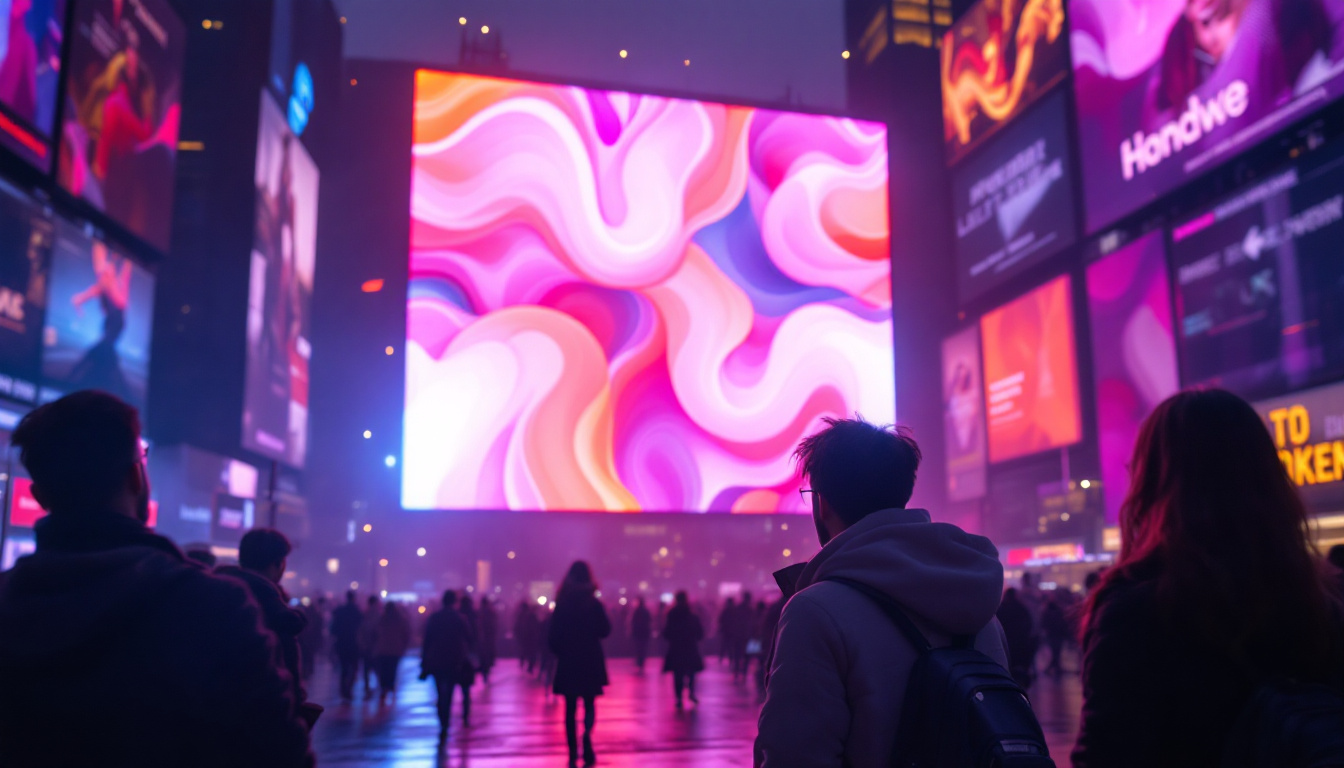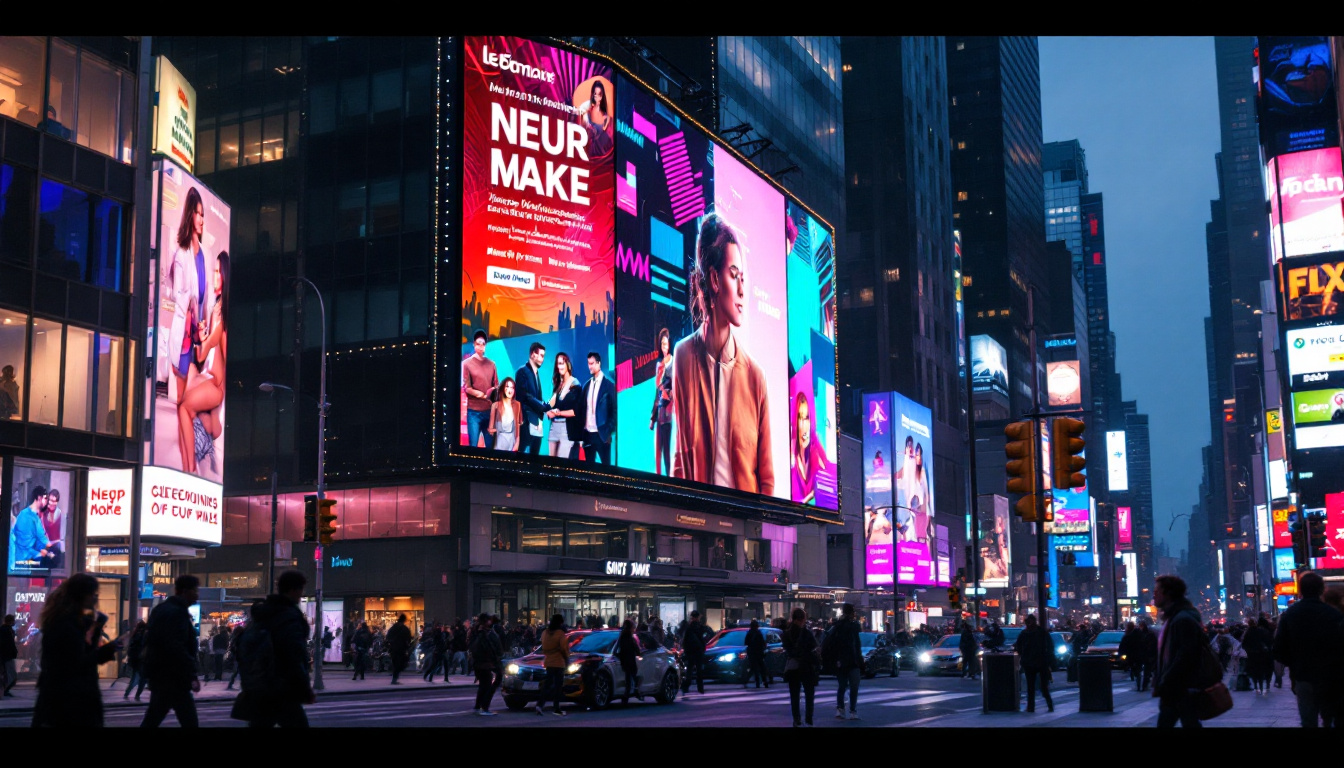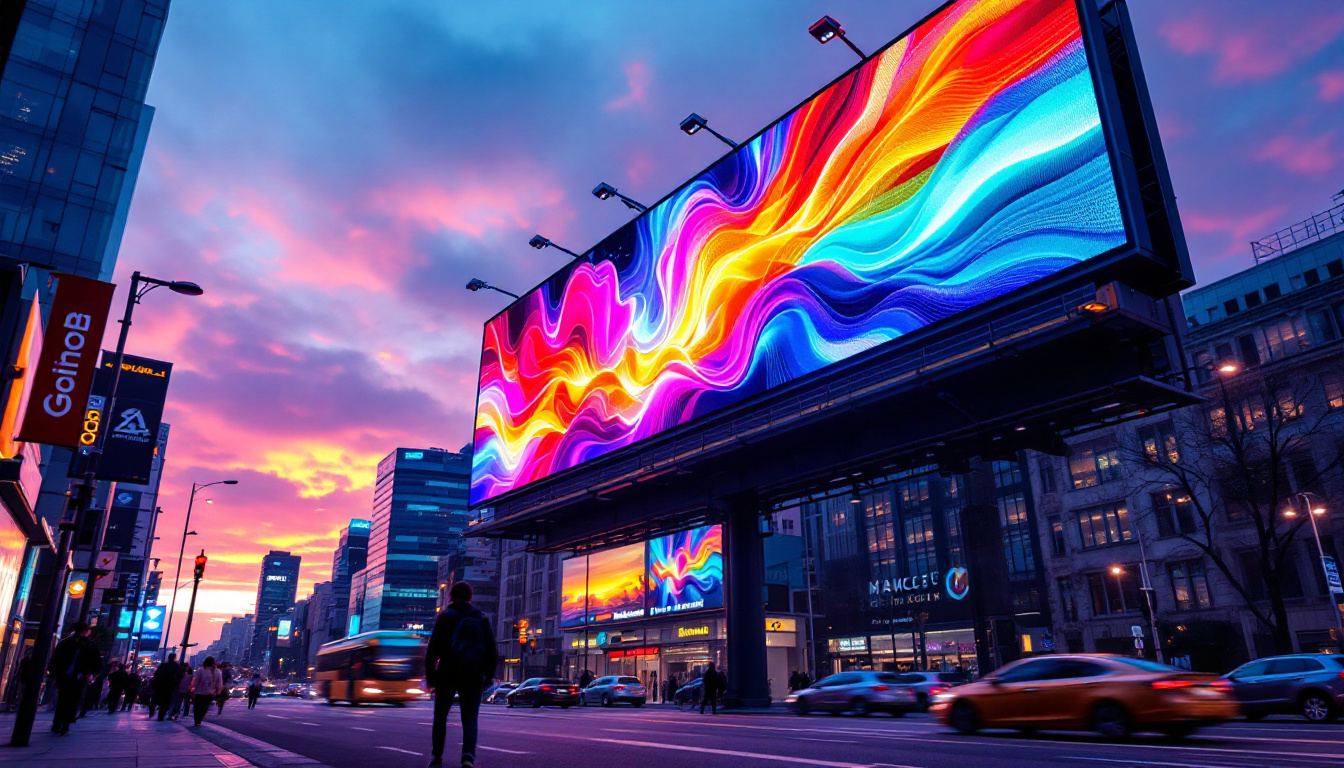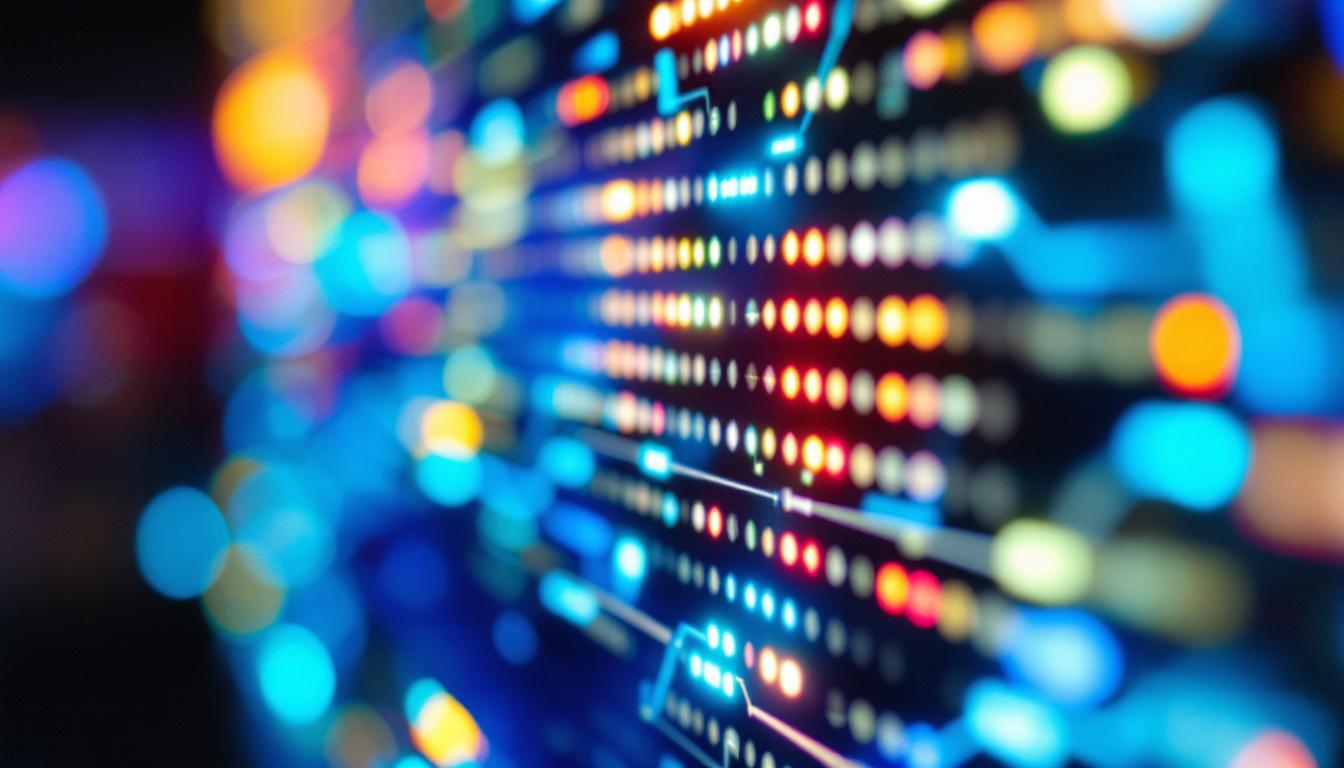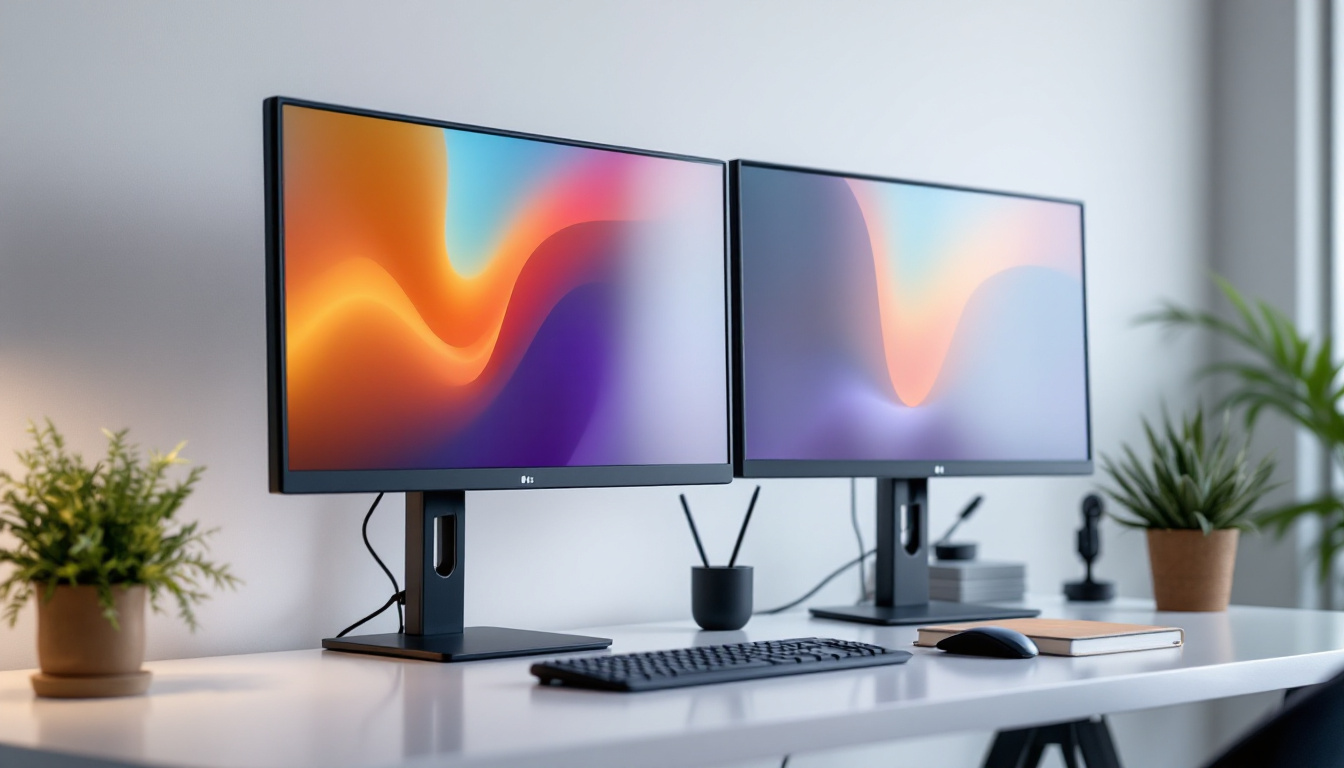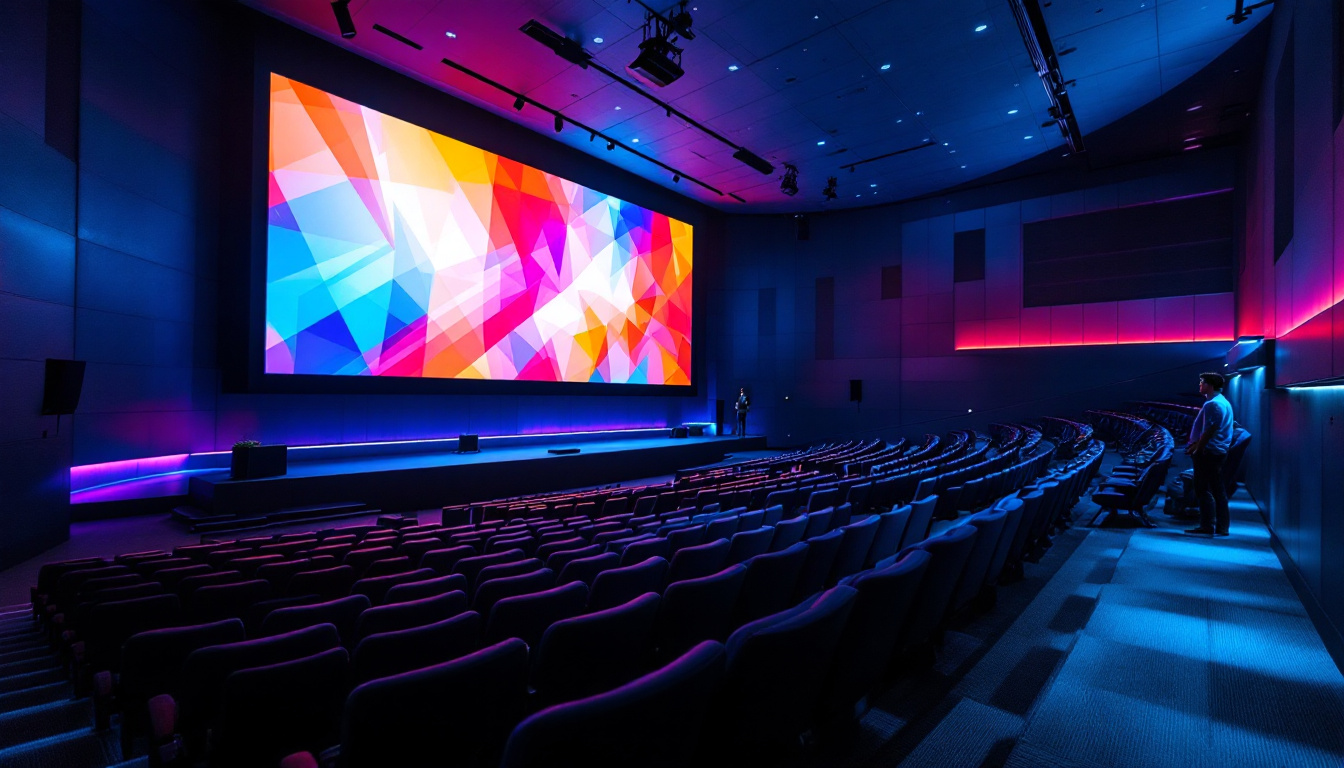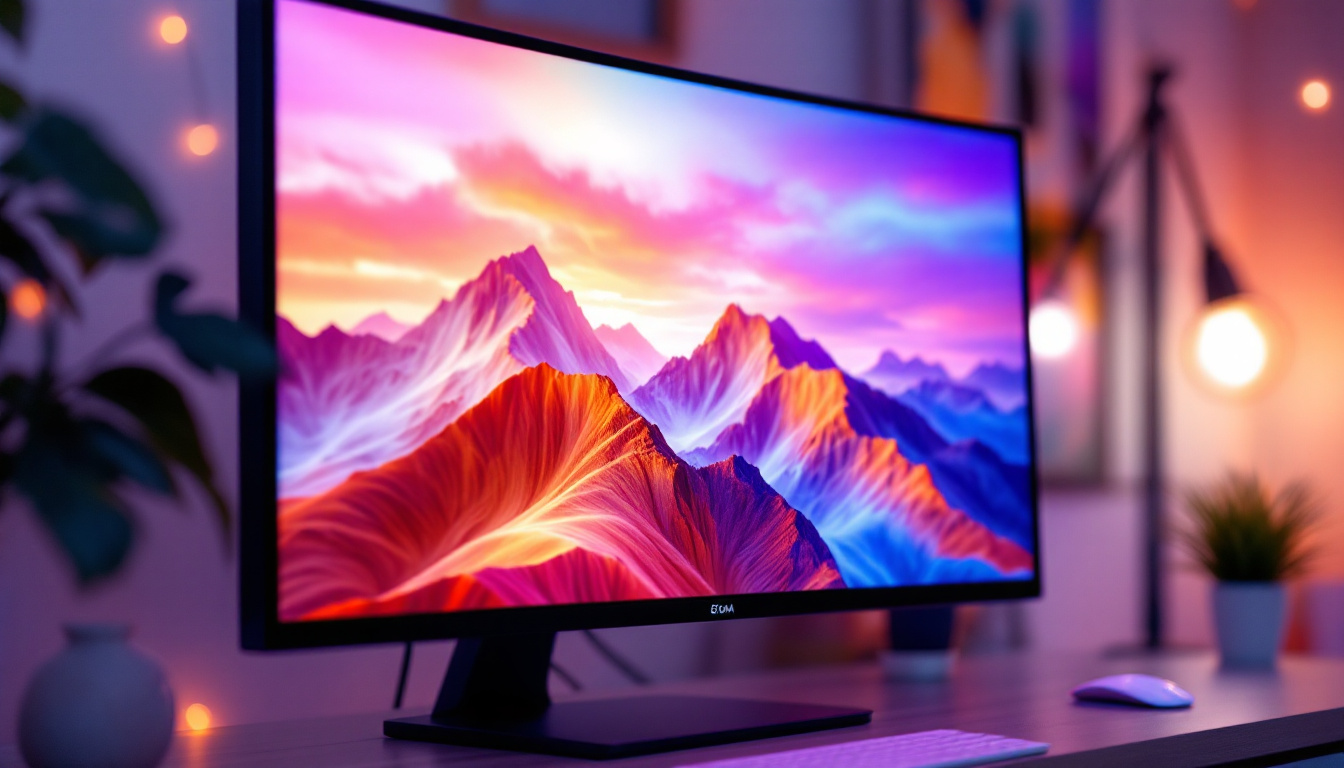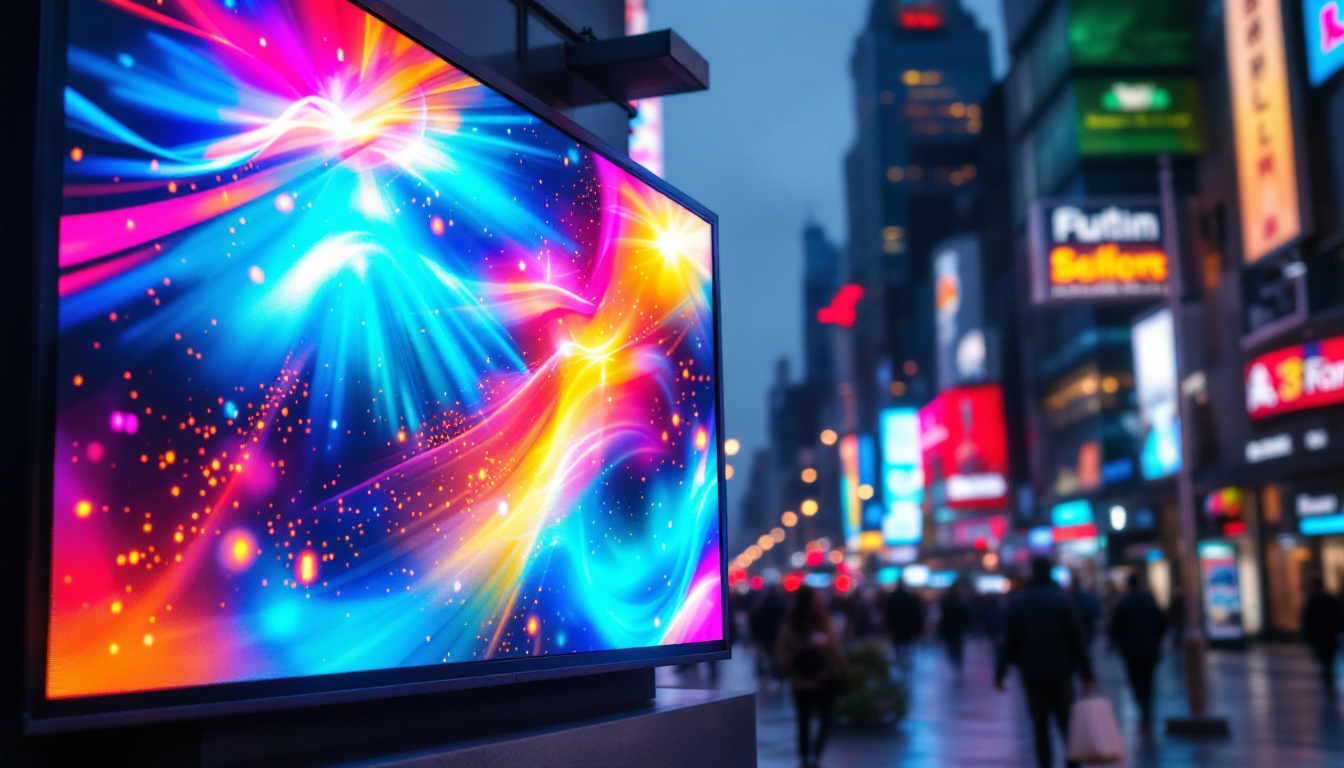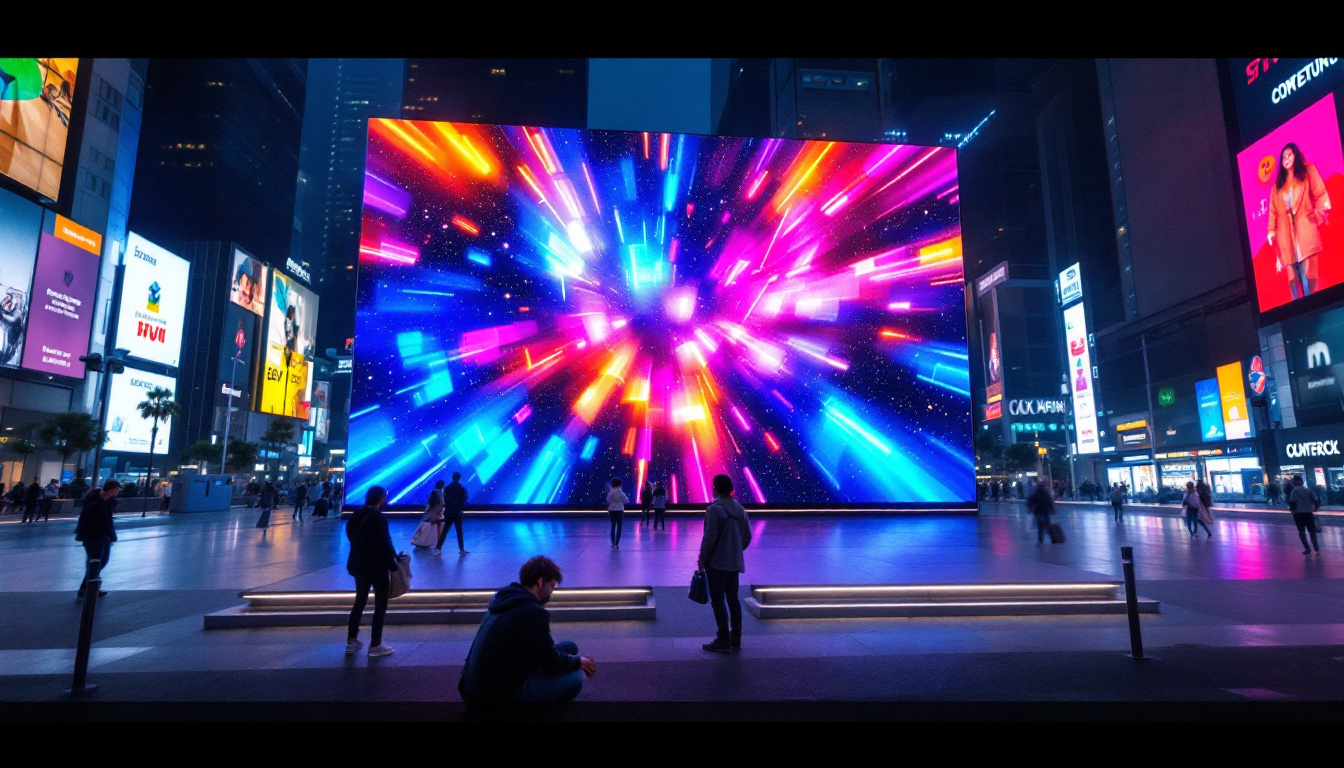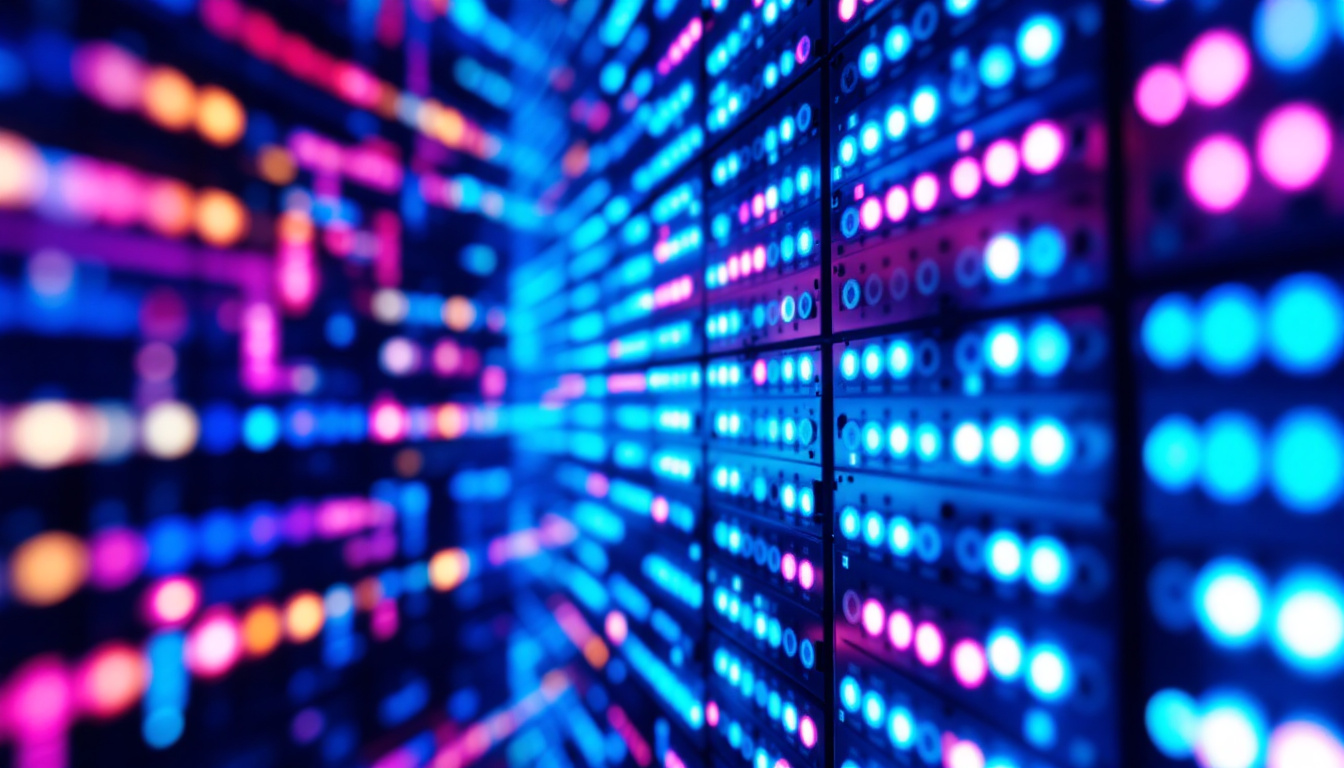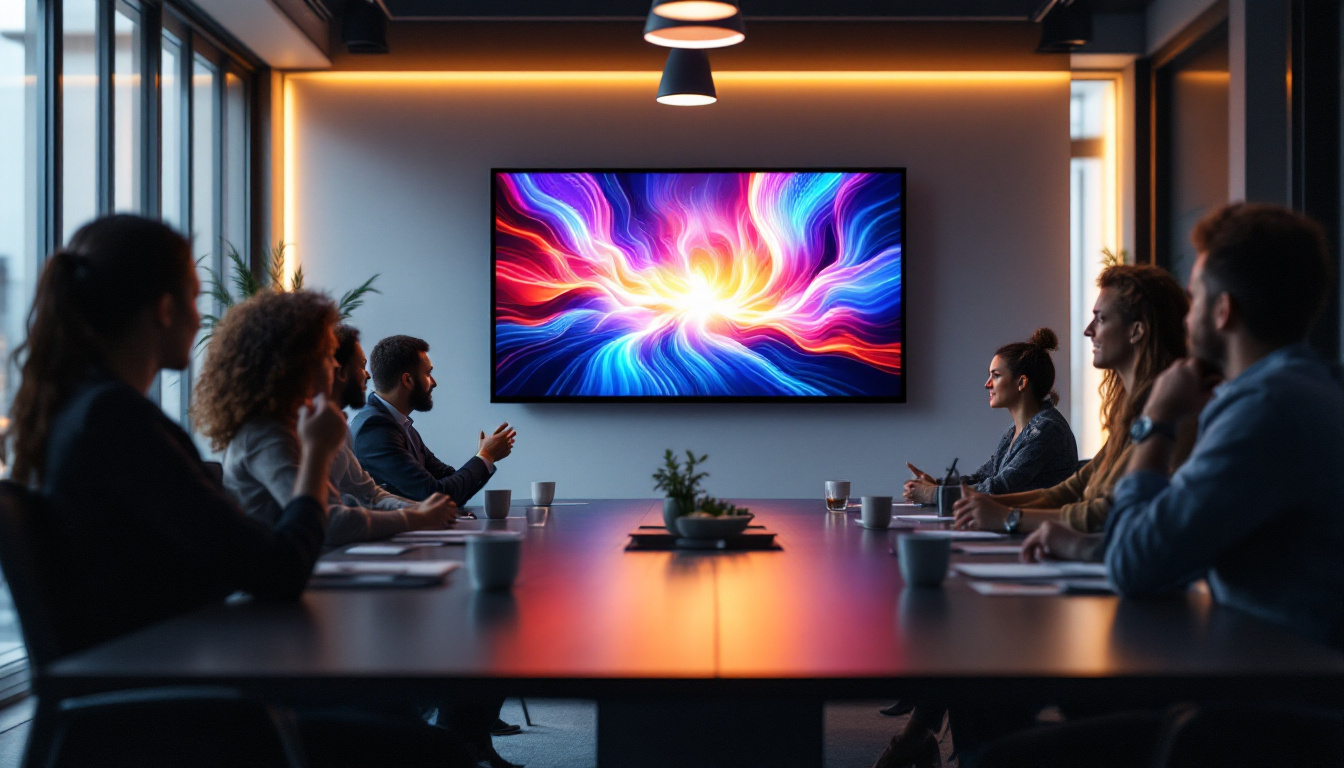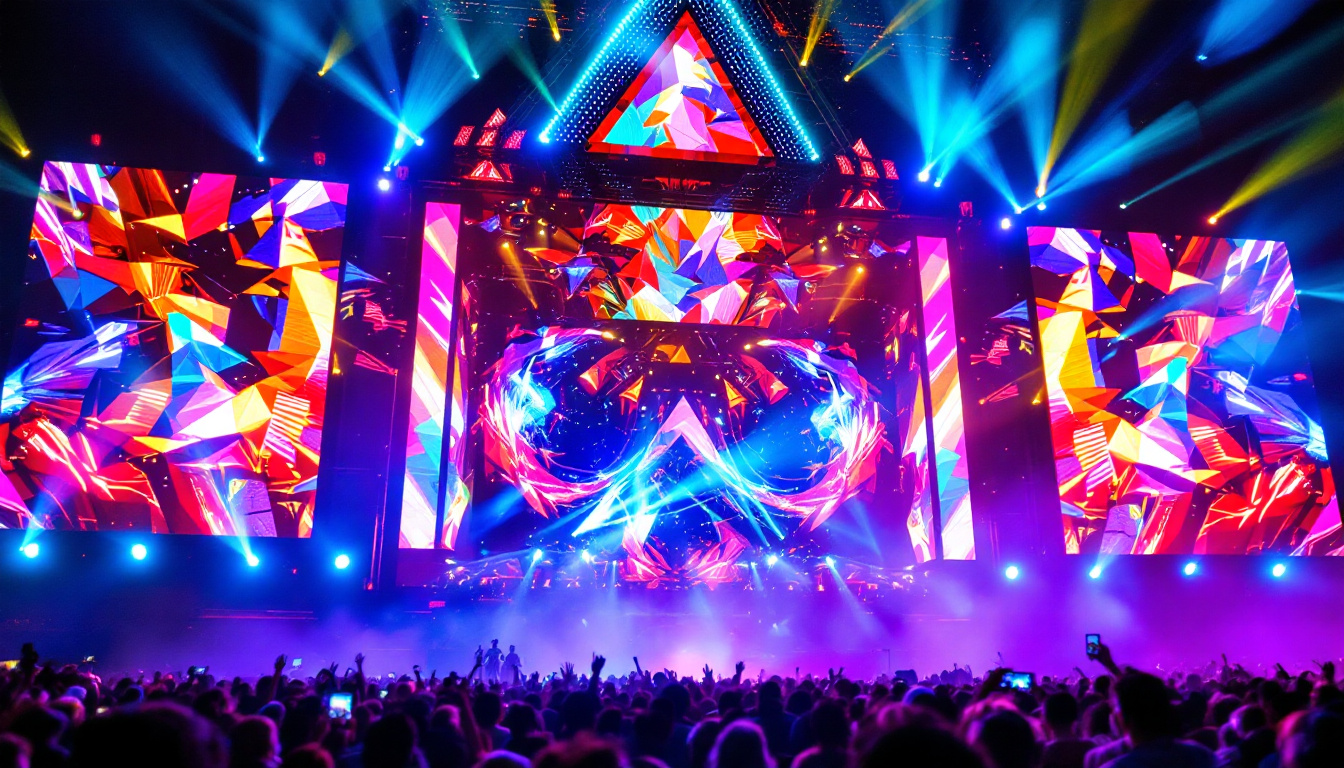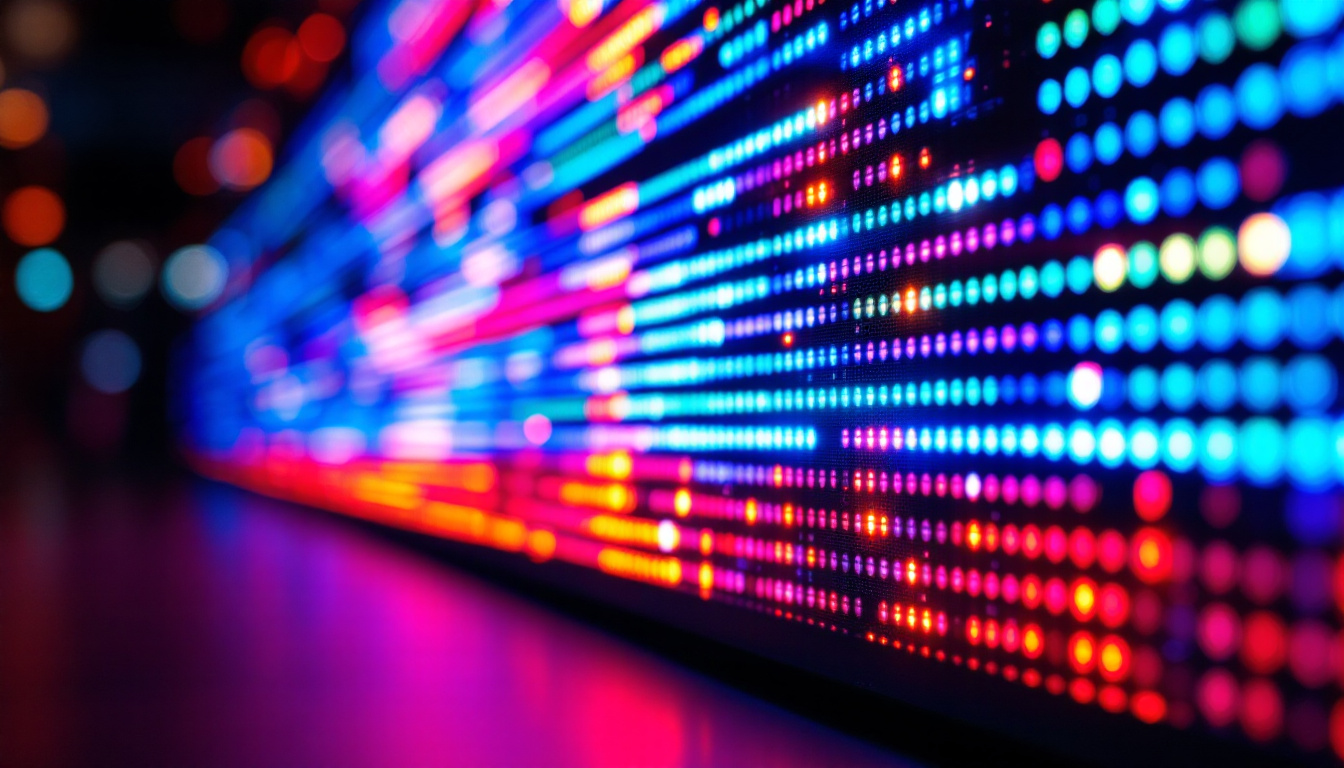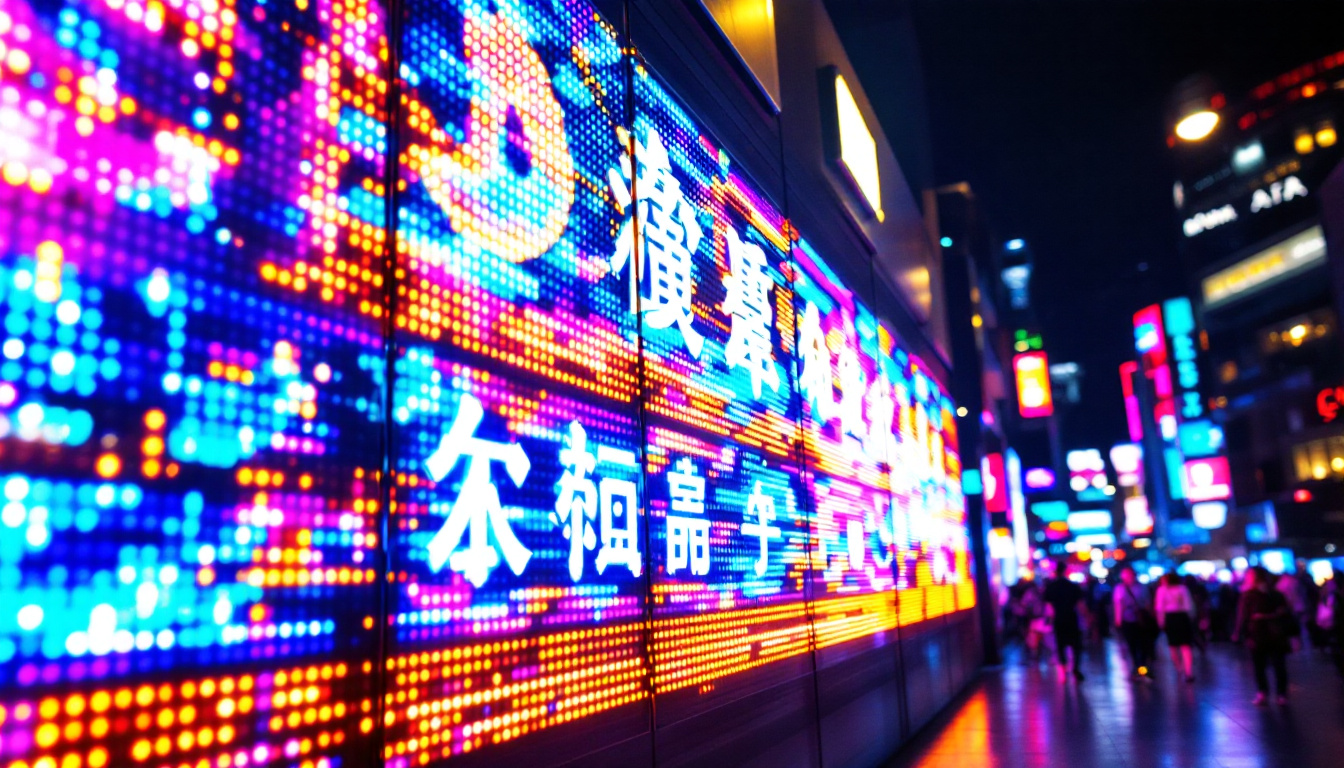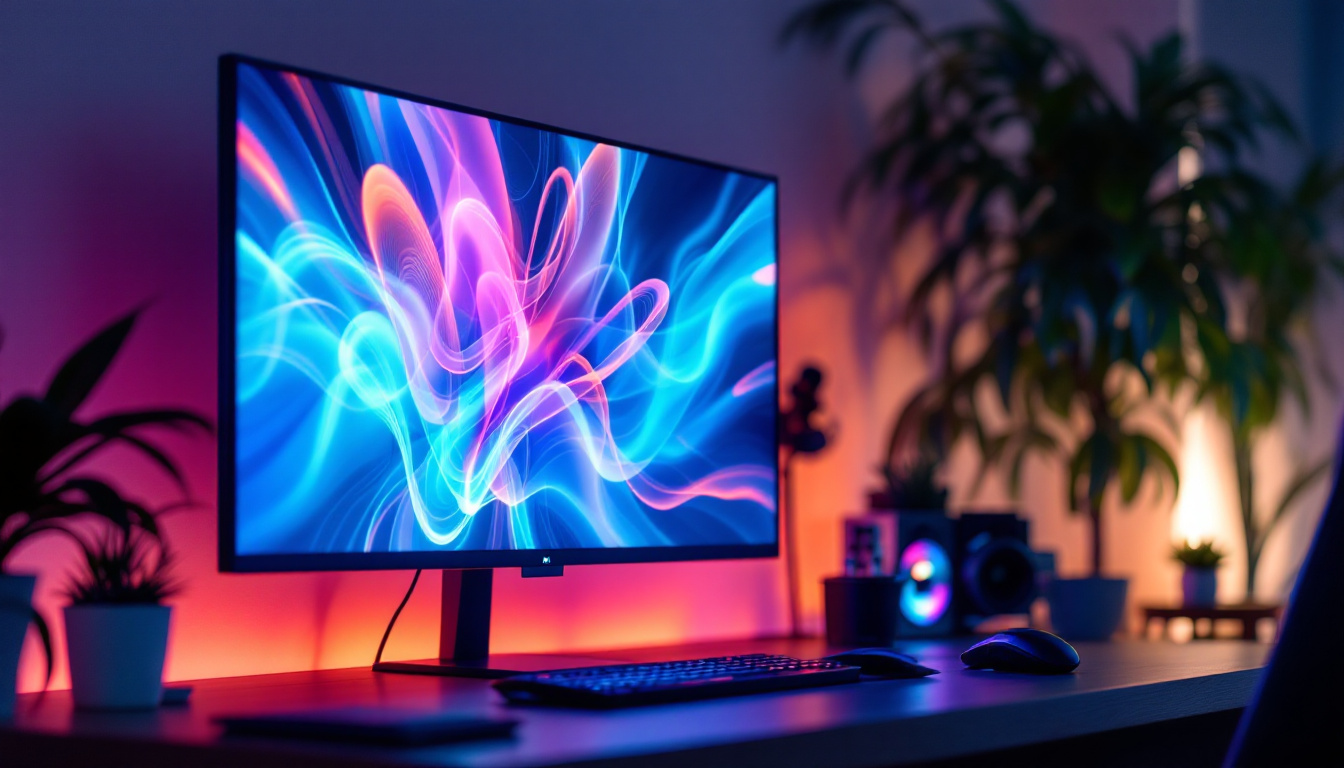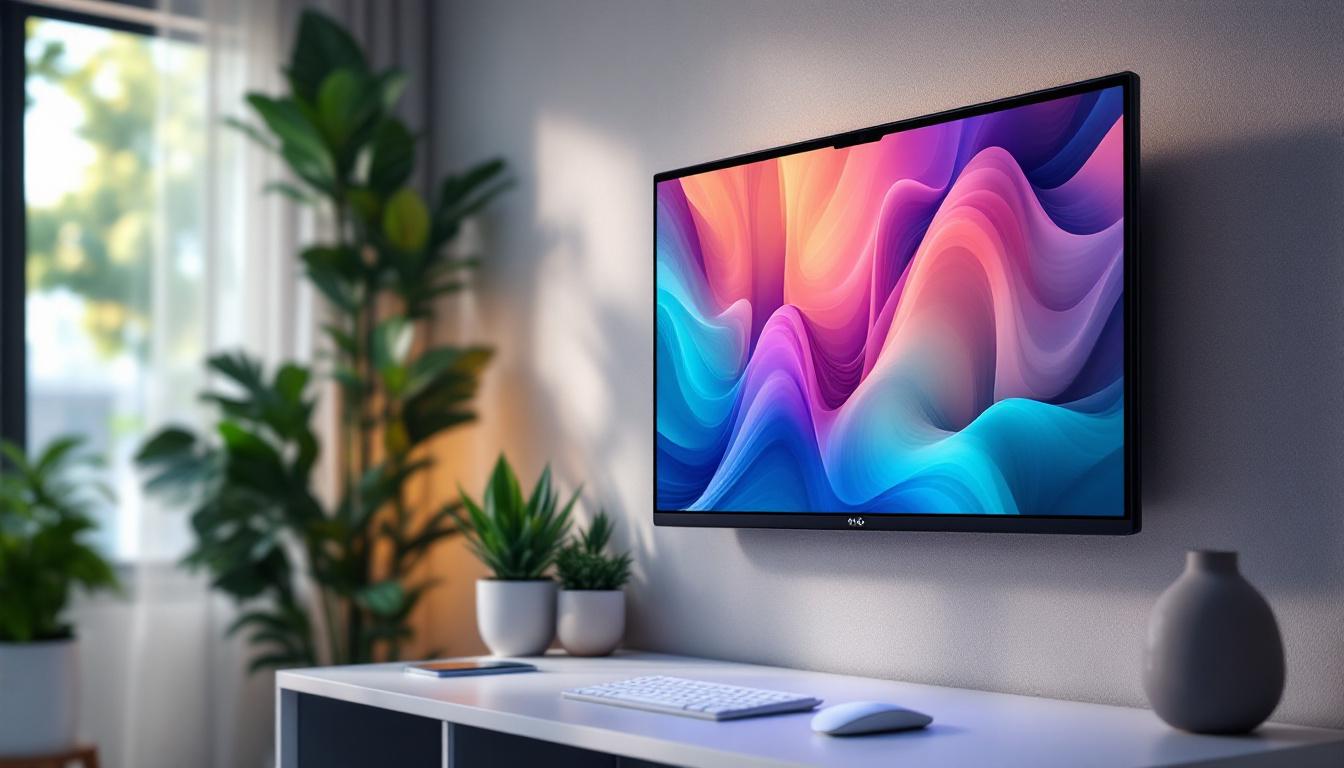In recent years, LED technology has revolutionized the way we think about lighting and displays. Among the various types of LED applications, bead LED lights stand out due to their unique design and versatility. This article delves into the intricacies of bead LED lights, exploring their functionality, advantages, and applications in modern settings.
Understanding Bead LED Lights
Bead LED lights are small, spherical light-emitting diodes that are often used in decorative lighting and display applications. These tiny beads can emit a wide range of colors and are typically arranged in strings or clusters. Their compact size and vibrant illumination make them ideal for various uses, from festive decorations to commercial displays. The versatility of bead LED lights allows them to be incorporated into everything from holiday decorations to art installations, making them a favorite among designers and DIY enthusiasts alike.
In addition to their aesthetic appeal, bead LED lights are also appreciated for their durability and longevity. Unlike traditional incandescent bulbs, which can burn out quickly, bead LEDs have a lifespan that can exceed 25,000 hours. This longevity not only reduces the frequency of replacements but also contributes to lower maintenance costs, making them an attractive option for both residential and commercial settings.
How Bead LED Lights Work
The operation of bead LED lights is based on semiconductor technology. When an electric current passes through the semiconductor material, it excites electrons, which then release energy in the form of light. This process is highly efficient, allowing bead LEDs to produce bright illumination while consuming minimal power. The low energy consumption is particularly advantageous in applications where lights are used for extended periods, such as in outdoor decorations or event lighting.
Each bead can be individually controlled, enabling intricate lighting patterns and color changes. This feature is particularly beneficial for artistic displays, where dynamic lighting effects can enhance the overall visual experience. For instance, in a holiday display, bead LEDs can be programmed to create a twinkling effect or a smooth transition between colors, captivating viewers and adding a magical touch to the environment.
Types of Bead LED Lights
Bead LED lights come in various types, each designed for specific applications. Some common types include:
- Standard Bead LEDs: These are the most basic form, available in various colors and sizes, suitable for general decorative use.
- RGB Bead LEDs: These beads can emit red, green, and blue light, allowing for a wide spectrum of colors through mixing.
- Smart Bead LEDs: Equipped with Wi-Fi or Bluetooth capabilities, these LEDs can be controlled via mobile apps, enabling users to customize their lighting experience remotely.
Moreover, there are specialty bead LEDs designed for specific environments. For example, waterproof bead LEDs are perfect for outdoor use, ensuring that rain or snow does not affect their performance. Additionally, energy-efficient options are available that further reduce power consumption, making them an eco-friendly choice for environmentally conscious consumers. As technology continues to advance, new types of bead LED lights are emerging, offering even more features and capabilities, such as integration with smart home systems and compatibility with voice-activated assistants.
Advantages of Bead LED Lights
The popularity of bead LED lights can be attributed to several advantages they offer over traditional lighting solutions. These benefits make them an appealing choice for both residential and commercial applications.
Energy Efficiency
One of the most significant advantages of bead LED lights is their energy efficiency. Compared to incandescent or fluorescent lights, bead LEDs consume significantly less power while providing the same, if not greater, brightness. This efficiency translates to lower electricity bills and a reduced carbon footprint, making them an environmentally friendly option. Moreover, the reduced heat output of bead LEDs means they can be used in a wider range of applications without the risk of overheating, which can be particularly beneficial in enclosed spaces or during the summer months when cooling costs can skyrocket.
Longevity and Durability
Bead LED lights are designed to last much longer than traditional bulbs. With a lifespan of up to 50,000 hours or more, they require less frequent replacements, which not only saves money but also reduces waste. Additionally, bead LEDs are typically more durable, as they are less susceptible to breakage and damage from vibrations. This robustness makes them ideal for outdoor use, where exposure to the elements can take a toll on conventional lighting options. The ability to withstand harsh weather conditions means that bead LEDs can maintain their performance and appearance over time, providing reliable illumination regardless of the environment.
Versatility in Design
The compact size of bead LED lights allows for endless design possibilities. They can be used in a variety of settings, from residential homes to commercial spaces, and can be easily integrated into various decorative schemes. Whether used in holiday decorations, art installations, or as part of a larger lighting design, bead LEDs can adapt to any aesthetic. Furthermore, their availability in a wide range of colors and brightness levels enables designers and homeowners to create customized lighting solutions tailored to specific moods or themes. This adaptability not only enhances the visual appeal of a space but also allows for innovative lighting effects that can transform ordinary environments into extraordinary experiences.
Applications of Bead LED Lights
Bead LED lights have a wide array of applications, making them a popular choice across different industries. Their versatility allows them to be utilized in both functional and decorative ways.
Residential Use
In residential settings, bead LED lights are commonly used for decorative purposes. They can be strung along walls, wrapped around trees, or incorporated into home decor to create a warm and inviting atmosphere. Additionally, they are often used in outdoor lighting, providing safety and ambiance for patios and gardens. Homeowners can also utilize bead LED lights in creative ways, such as outlining architectural features or highlighting artwork, thereby transforming ordinary spaces into extraordinary showcases. Furthermore, with the advent of smart technology, many bead LED lights can now be controlled via smartphone apps, allowing users to adjust brightness and color schemes to suit different occasions or moods.
Commercial Displays
Businesses frequently use bead LED lights for signage and promotional displays. Their bright colors and customizable features make them ideal for attracting attention and conveying messages effectively. Retailers often employ bead LEDs in window displays, while restaurants may use them to enhance the dining experience. Beyond traditional uses, bead LED lights are increasingly being integrated into digital marketing strategies, where they can be synchronized with multimedia presentations or events. This innovative approach not only captivates customers but also reinforces brand identity, making the shopping experience more engaging and memorable.
Event Lighting
Bead LED lights are a staple in event lighting. From weddings to concerts, these lights can create stunning visual effects that enhance the overall ambiance. Their ability to change colors and patterns allows event planners to tailor the lighting to match the theme and mood of the occasion. Additionally, bead LED lights are often used in creative installations, such as light tunnels or interactive displays, which can serve as focal points for guests. The portability and ease of installation of bead LED lights also make them a favorite among event coordinators, as they can be quickly set up and taken down, allowing for flexibility in venue selection and design.
Installation and Maintenance of Bead LED Lights
Installing bead LED lights is a straightforward process, but there are a few considerations to keep in mind to ensure optimal performance and longevity.
Installation Tips
When installing bead LED lights, it is essential to plan the layout carefully. Consider the power source, the desired effect, and the environment in which the lights will be used. For outdoor installations, ensure that the lights are rated for outdoor use to withstand weather conditions.
Additionally, using clips or adhesive mounts can help secure the lights in place, preventing them from sagging or becoming dislodged. For larger installations, it may be beneficial to consult with a professional to achieve the best results.
Maintenance Guidelines
Maintaining bead LED lights is generally low-maintenance. However, regular checks for any damaged or burnt-out beads can help ensure consistent performance. Cleaning the lights periodically to remove dust and debris will also help maintain their brightness and clarity.
For smart bead LEDs, keeping the software updated can enhance functionality and introduce new features. This is particularly important for users who rely on mobile apps for control.
Future Trends in Bead LED Technology
The future of bead LED lights looks promising, with ongoing advancements in technology and design. As the demand for energy-efficient lighting solutions continues to grow, innovations are expected to enhance their functionality and applications.
Integration with Smart Home Systems
As smart home technology becomes increasingly popular, bead LED lights are likely to see more integration with home automation systems. This could allow users to control their lighting through voice commands, set schedules, and create personalized lighting scenes that enhance their living spaces.
Enhanced Color and Brightness Control
Future developments may also focus on improving the color range and brightness control of bead LEDs. This could involve advanced color-mixing technologies that allow for even more vibrant and dynamic displays. Such enhancements would further expand their applications in artistic and commercial settings.
Sustainability Innovations
As sustainability becomes a central concern in lighting design, manufacturers are likely to explore eco-friendly materials and production methods for bead LED lights. This could include using recyclable components and reducing energy consumption during the manufacturing process, aligning with global efforts to minimize environmental impact.
Conclusion
Bead LED lights represent a significant advancement in lighting technology, offering a blend of efficiency, versatility, and aesthetic appeal. Their unique design and functionality make them suitable for a wide range of applications, from residential to commercial and event lighting. As technology continues to evolve, bead LEDs are poised to become even more integral to our lighting solutions, enhancing both the beauty and functionality of our environments.
Whether used for festive decorations, commercial displays, or artistic installations, bead LED lights are a testament to the innovative spirit of modern lighting design. Their ability to create captivating visual experiences while remaining energy-efficient positions them as a leading choice for the future of illumination.
Illuminate Your Space with LumenMatrix
Ready to elevate your environment with the latest in LED display technology? Discover LumenMatrix’s comprehensive range of LED display solutions, from vibrant Indoor and Outdoor LED Wall Displays to innovative Custom and All-in-One LED Displays. Embrace the future of visual communication with LumenMatrix and transform your space into a dynamic and engaging experience. Check out LumenMatrix LED Display Solutions today and see your vision come to life with unparalleled clarity and impact.

